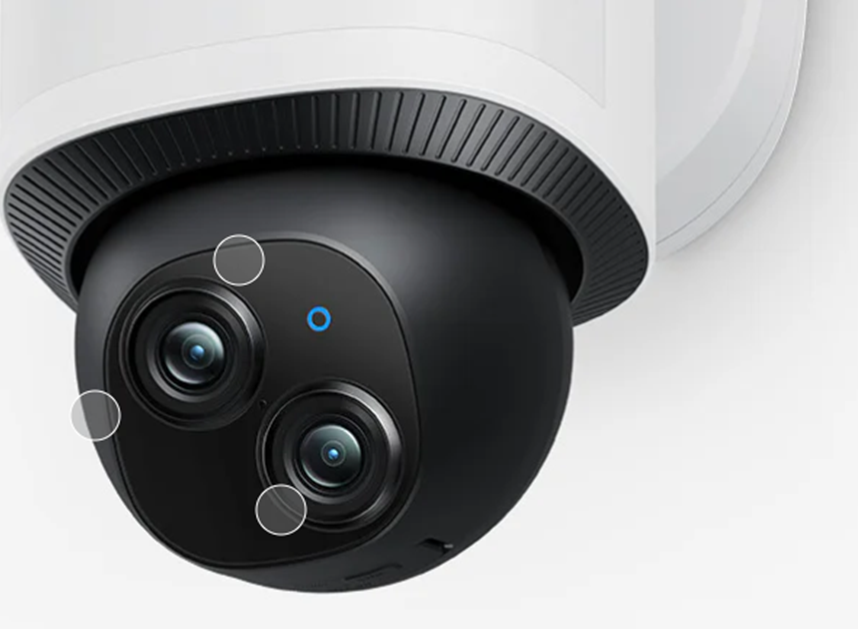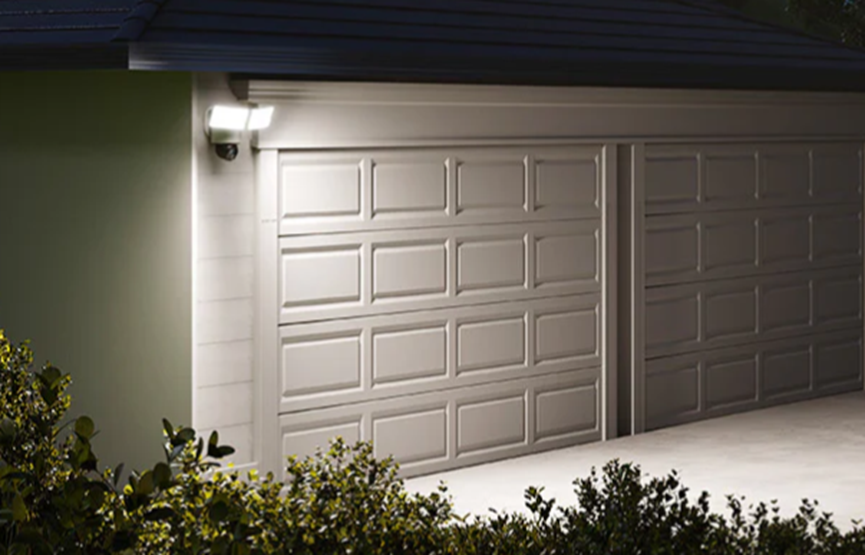
A reliable CCTV camera is a cornerstone of home security, but with countless models on the market, finding the right one can feel overwhelming. The best CCTV camera for your home depends on your unique needs—whether you want to monitor your front door, keep an eye on your backyard, or check in on pets while away. From resolution and night vision to connectivity and placement, each feature plays a role in how well the camera protects your space. This guide breaks down the critical factors to consider, helping you select a camera that offers peace of mind and fits seamlessly into your lifestyle.
Identify Your Monitoring Needs and Placement
The first step in choosing a cctv camera for home is defining where and what you need to monitor. This determines the type of camera and its key features.
Indoor vs. Outdoor Use
Indoor cameras are designed for monitoring inside your home—ideal for keeping an eye on kids, pets, or valuables. They’re typically smaller, less rugged, and may include features like two-way audio for talking to family members. Look for compact models that blend into your decor to avoid feeling intrusive. Outdoor cameras, on the other hand, must withstand rain, snow, and extreme temperatures. Opt for weatherproof models with an IP65 or higher rating (dust-tight and resistant to low-pressure water jets). They should also have durable housing (like metal) to deter tampering, as outdoor cameras are more vulnerable to damage.
Key Areas to Monitor
Focus on high-risk zones: front and back doors (to track visitors), ground-floor windows (common entry points), driveways, and backyards. For large properties, consider multiple cameras to cover blind spots. A doorbell camera is great for front doors, combining video monitoring with intercom functionality to see and speak to visitors. For backyards, a camera with a wide field of view (120 degrees or more) covers more area, reducing the need for multiple devices. If you have a garage, a camera pointed at the entrance helps monitor vehicles and tools stored inside.
Evaluate Core Features for Effective Monitoring
The features of a CCTV camera determine its performance in capturing clear footage and keeping you informed.
Resolution and Night Vision
Resolution directly impacts how well you can identify details like faces or license plates. 1080p (Full HD) is the minimum—offering sharp enough footage for most needs. If you need to 看清 distant details (e.g., a license plate at the end of a driveway), 4K resolution is better, though it requires more storage and bandwidth. Night vision is non-negotiable for 24/7 security. Look for cameras with infrared (IR) LEDs that provide clear black-and-white footage in total darkness, with a range of at least 30 feet for outdoor use. Some advanced models offer color night vision (using ambient light), which is easier to interpret but works best in areas with streetlights or porch lights.

Motion Detection and Alerts
Motion detection triggers recordings and sends alerts when activity is detected, but false alarms (from wind-blown branches or passing cars) can be frustrating. Choose cameras with customizable settings: adjust sensitivity to avoid minor movements, or set “activity zones” to monitor only specific areas (e.g., your front porch, not the street). Smart cameras with AI technology can distinguish between humans, animals, and vehicles, sending alerts only for relevant activity—saving you from unnecessary notifications. Look for cameras that let you set quiet hours (e.g., overnight) to avoid alerts during times when you expect movement (like family coming home).
Consider Connectivity, Storage, and Budget
Beyond core features, practical aspects like how the camera connects, stores footage, and fits your budget are crucial.
Connectivity and Remote Access
Most modern CCTV cameras offer wireless connectivity (Wi-Fi), allowing you to view footage remotely via a smartphone app. Ensure your home Wi-Fi can handle the camera—dual-band (2.4GHz and 5GHz) models reduce interference, ensuring smoother streaming. Wired cameras (Ethernet or coaxial) offer a more stable connection but require professional installation, making them better for permanent setups. Remote access features vary: basic models let you view live footage, while advanced ones allow you to playback recordings, talk through the camera (two-way audio), or share access with family members. Compatibility with smart home systems (Alexa, Google Assistant) is a bonus, enabling voice commands to view feeds on smart displays.
Storage Options and Budget
Storage choices affect convenience and cost. Local storage (SD cards, NVRs) has no monthly fees—SD cards are ideal for single cameras (choose 64GB or larger for 1080p footage), while NVRs work for multiple cameras, storing weeks of footage. Cloud storage lets you access footage anywhere but requires a subscription (typically \(3–\)10/month). Look for free cloud plans (offering 7–30 days of storage) if you want to avoid fees. When setting a budget, expect to spend \(50–\)200 for indoor cameras, \(100–\)300 for outdoor models, and \(150–\)400 for doorbell cameras. Higher-priced models offer better features (4K, AI detection, longer warranties), but mid-range options (around $150) often balance performance and affordability.
Conclusion
Choosing the best home CCTV camera means balancing your monitoring needs with features that fit your space and budget. Prioritize weather resistance for outdoor use, clear resolution, and reliable night vision. Customizable motion detection and smart alerts reduce frustration, while remote access keeps you connected to your home from anywhere. Whether you opt for a basic indoor camera or a 4K outdoor system, the right CCTV camera will enhance your security, deter intruders, and give you peace of mind knowing your home is protected.